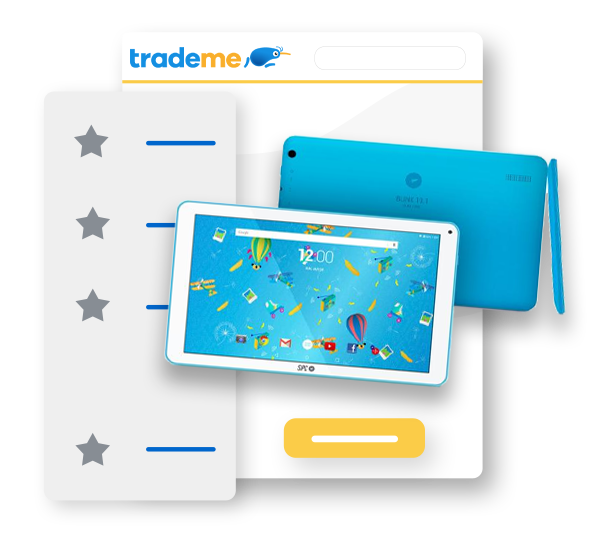Trade Me DropShipping
Trade Me is a local marketplace that operates in New Zealand. Although New Zealand is a small nation of just under 5 million people, customers in the country are pretty used to buying online, with a massive 86% of the population expected to shop online by 2026.

How is Trade Me different from other shopping carts?
![]()
The style of the Trade Me marketplace is similar to eBay in that it runs both auctions and buy now options for their customers. Professional sellers are welcome, but there are additional categories that can be bought through, including property and jobs. They also offer opportunities for standard advertising units and native advertising, as well as offering a range of programmatic buying options on and off site.
Why Dropship with Trade Me?
DropShipping is allowed to be done through Trade Me, and they have a policy in place to say who is allowed to do so. Retailers that have already completed 1,500 trades, or can demonstrate a strong business experience outside of Trade Me with their DropShipping business are likely to be approved. You’ll need to sign a separate agreement with Trade Me.
Trade Me approve DropShipping when it is done in a controlled way – so, you need to have permission from the supplier you’re DropShipping from (as you would with the arrangement that Avasam has with suppliers) and you need to be able to prove that there are no issues with intellectual property or brand infringements.
- To be approved for DropShipping on Trade Me, you’ll need to be ‘in trade’ and display the status on Trade Me
- You must not have recently had any issues with non-delivery of goods, intellectual property, product safety or general breaches of the Trade Me terms and conditions
- You’ll need undergo the Trade Me vetting process by their Trust and Safety team. This is where you may need to demonstrate that you’ve run a successful DropShipping model in the past
- Approved members may only offer Ping or Afterpay as a payment option for added security
- Approved members must state the origin of the goods and the estimated delivery timeframes
- The seller must agree to accept any responsibility for returns or faults, and will not defer the buyer to the supplier
Pros and Cons of Trade Me DropShipping business
Trade Me enjoys huge brand awareness in New Zealand – of the 4.91 million or so residents, there are 1.7 million users active every month, and there are 61 million sessions every month. And with that huge brand awareness, you can start to build your own, since Trade Me allows store fronts. This allows you to build your brand presence in New Zealand – which means Trade Me customers may start to search for your store outside of the platform.
New Zealanders speak English, so there are likely to be relatively few issues with misunderstandings, and sorting out customer service issues should be quite straightforward.
International retailers are welcomed to Trade Me, and as such there is plenty of guidance available for international sellers from the Trade Me team. There is plenty of support available to make selling on the platform simpler, including an easy to follow fee structure, and additional listings and promotional opportunities available to help sellers to reach more customers.
While selling on Trade Me can be incredibly beneficial for your business, there are some issues that you may need to be prepared for, particularly if you’re DropShipping from the UK. Shipping times may be longer than customers are willing to wait for – even though as an island nation, many customers are prepared to wait for a while to receive their orders. If you’re selling items that are already being sold by sellers that are in-country, it may not be worth your while selling those on Trade Me.
In addition, Trade Me insists that sellers must accept full responsibility for returns and faults, you’re not allowed to refer the buyer to the supplier. That could be expensive, especially if you are based in the UK – you’ll need to pay for the item to be shipped back to you, which also means you’ll need to either contact the supplier for return, sell the item again and dispatch it yourself, or absorb the cost if the item is faulty.



